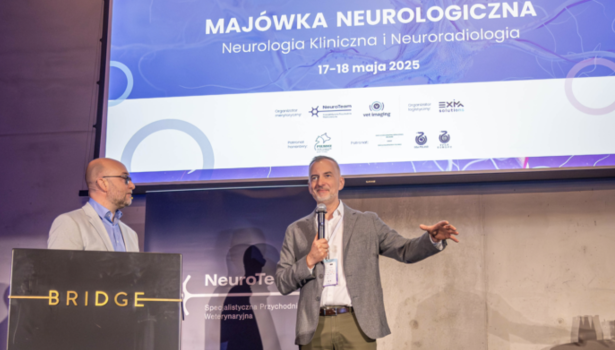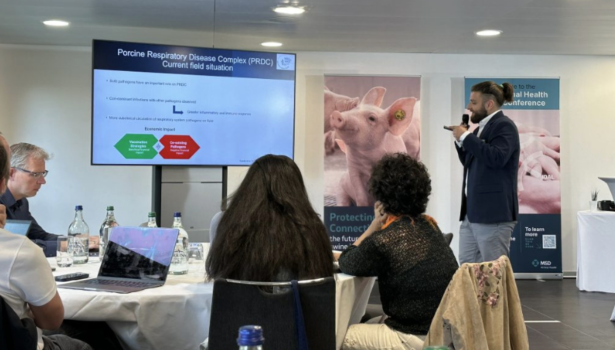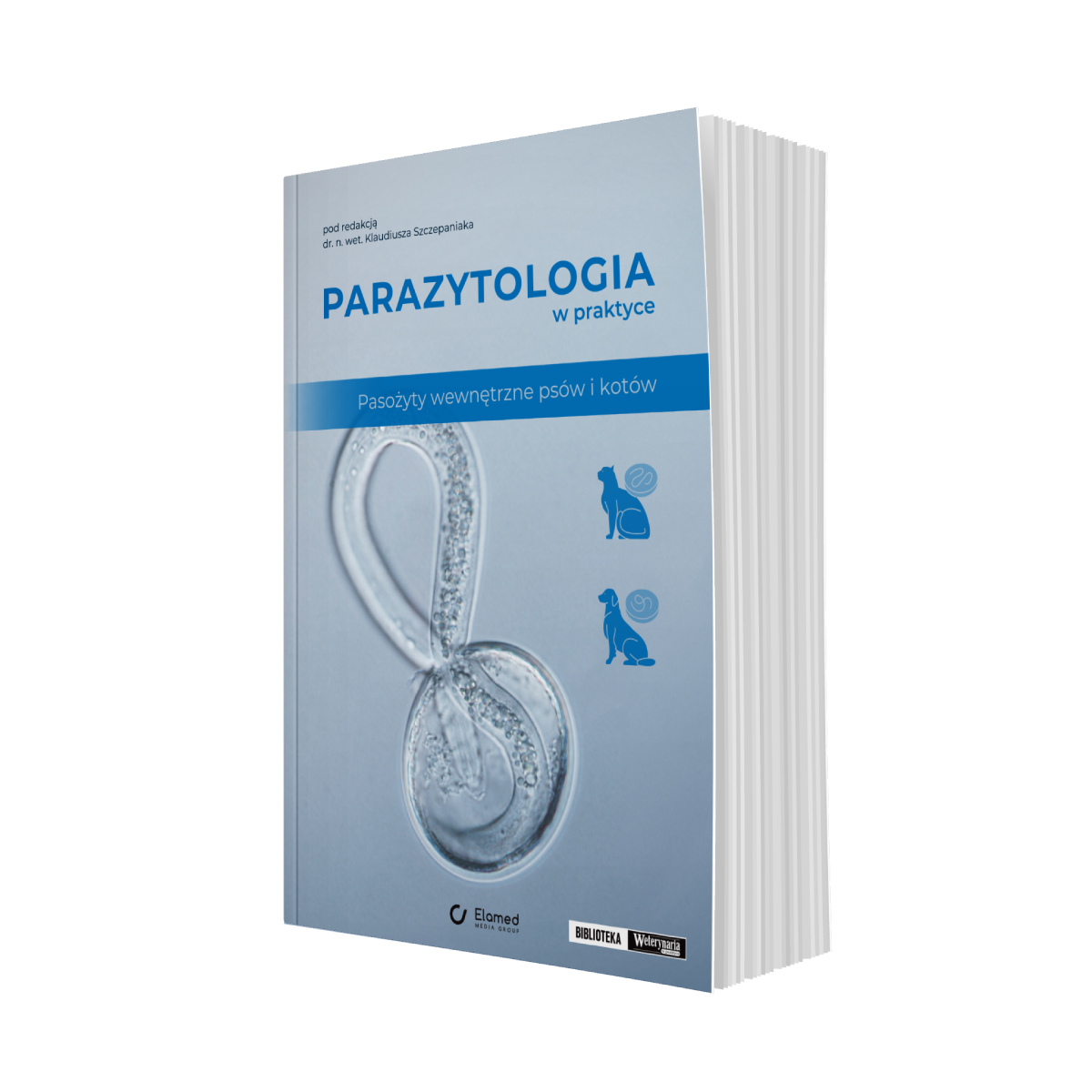Co urośnie, może spaść. Leczenie niedociśnienia podczas znieczulenia
What goes up might come down. Treating hypotension during anesthesia
Hypotension, or low blood pressure, (mean arterial blood pressure [MAP] < 60 mmHg in small animals or < 70 mmHg in horses) is the second most commonly reported anesthetic complication (hypoventilation is the most common anesthetic complication). Hypotension often occurs secondary to excessive anesthetic depth. Hypotension leads to decreased blood flow (and therefore decreased oxygen delivery) to organs and tissues and the consequence of hypotension depends on which organ or tissue is affected. Organs with high oxygen consumption are most vulnerable to damage and this includes the kidneys, brain and myocardium.
Unfortunately, many of the anesthetic drugs that we use (primarily the inhalant anesthetics) contribute to hypotension. Also, our patient profile has changed over the last several decades and we are more likely to be anesthetizing patients that are not in the ‘young, healthy’ category and these patients (neonates, geriatrics, patients with advanced disease, etc.) are much more likely to develop hypotension under anesthesia.
Causes of hypotension
We can identify the cause of hypotension:
- The cardiovascular system is just like any other system with fluid that needs to be circulated. The system requires a pump (the heart), some fluid (blood) and pipes (blood vessels). Adverse changes in any of these components can be caused either [...]
którzy są subskrybentami naszego portalu.
i ciesz się dostępem do bazy merytorycznej wiedzy!
Mogą zainteresować Cię również
POSTĘPOWANIA
w weterynarii
























